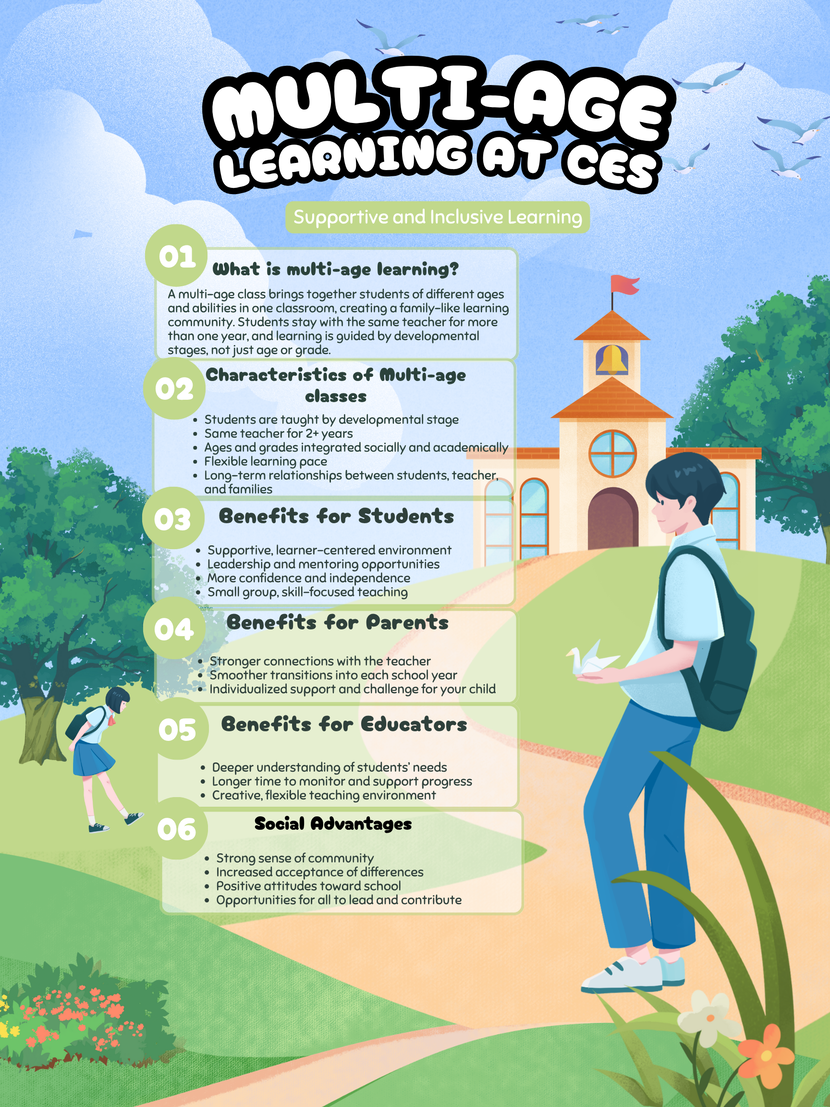
Follow the link to see our 2025-2026 school supply lists. We have once again partnered with School Start for your convenience if you choose.
Create an account, then register your NEW to CES students. Choose the 25-26 School Year Do not use this portal for returning registration!
Pay For school Fees Purchase Hot Lunches